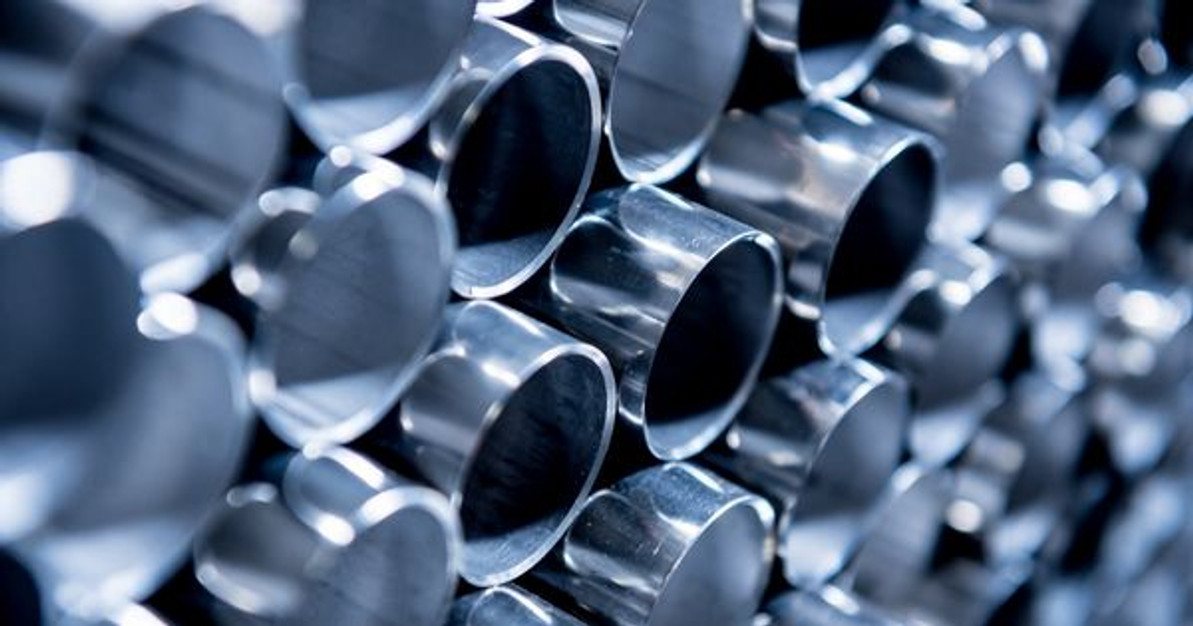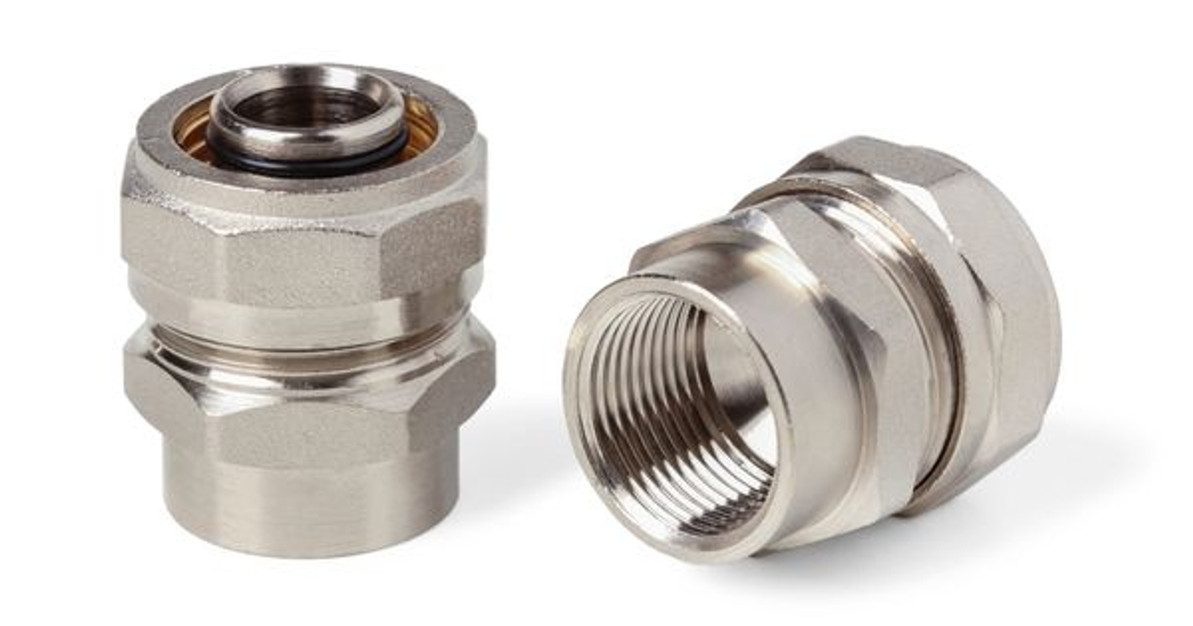 Jul 7th 2017
Jul 7th 2017 Sanitary Stainless Steel Fittings: Why Stainless Steel Is The Best Material

If you’ve read any of our blog posts in the past, you’re probably aware of how passionate we are about using sanitary stainless steel as a material. In our humble (yet biased) opinion, we think that there’s just nothing out there in the market quite like stainless steel. Whether it’s martensitic, ferritic or austenitic stainless steel, this useful metal alloy has proven to be effective for use in industries like the dairy, food and beverage, pharmaceutical, and biotech industries, among more!
Learn More About Chemseal and Stainless Steel
We don’t often compare the superior qualities of stainless steel to other materials, but we figured that we might as well dedicate a blog post about just why other types of materials simply don’t perform in the same league that stainless steel does - especially when it comes to durability and sanitary qualities. Visit here to shop our various integral solutions and continue reading on to get more insight on why stainless steel is so awesome.
Waterproof Qualities
If you pour water on wood, for example, what’s going to happen? That’s right; the wood is going to get soaked and rot fairly quickly. But if you pour water on a stainless steel fitting, none of it will be absorbed and the water will eventually dry up and evaporate back into the atmosphere. Seeing as our stainless steel fittings go through what we call sanitary fluid processes in which liquid products flow through, having waterproof, resistant qualities to moisture is one of the main things that makes a material like stainless steel so ideal for use in our industry.
Other Materials Stink - Literally!
When wood gets wet like we just mentioned, not only will it begin to rot, but it will also eventually produce a certain unpleasant type of odor. Naturally, wood isn’t the only material that will do this when it is wet. Even other metals that aren’t stainless steel have their downfalls and will eventually corrode and rust as a result of water exposure, creating that metallic, almost ‘corrosive’ sort of smell. Some of these types of metals include things like brass, titanium, tungsten, and bronze. Indeed, we can thank the properties of chromium and other elements in a stainless steel alloy for making the material so durable and resistant to liquid corrosion.
Stainless Steel Can Actually Remove Smells
That’s right! Not only is stainless steel resistant to liquid contact and won’t smell bad (other than the standard stainless steel smell, which you can image that we’ve grown quite used to over the years), but it can actually help you remove pesky, unwanted odors from your skin!
Specifically, rubbing stainless steel on your hands after working with garlic can do a lot to help remove the strong, lingering smell. While there are companies that actually sell stainless steel bars that are shaped like soap, using any stainless steel surface works too. Many kitchen and bathroom sink faucets are made of stainless steel, so you can also do that. Simply hold your hands under cold running water while rubbing the stainless steel faucet for about 10 seconds - the smell should be mostly gone, or at least significantly reduced.
How Does Stainless Steel Remove Certain Odors?
Garlic and stainless steel have a specific chemistry. Garlic contains molecules with sulfur, and when you cut garlic, the sulfur molecules are transferred to your skin. Washing your hands with water will only heighten the smell because the water causes the sulfur to turn into sulfuric acid (don’t worry, it’s not concentrated enough to burn you).
So, when you touch stainless steel, the molecules in the steel bind with the sulfur molecules on the surface of your hands, thereby transferring the molecules (and the smell) to the metal and off of your hands. Take note that this also works to with removing the odor of onion and fish as well! Can plastic, rubber, glass or wood do that? We didn’t think so!
Stainless Steel Looks Great
While the aesthetic qualities of a material don’t serve as great criteria for sanitary parts in a hygienic fluid operation, it doesn’t hurt that the shiny, smooth and metallic qualities of stainless steel look as awesome as they perform. You just don’t get the clean aesthetics with any other material.
Chemseal Has Your Stainless Steel Needs Taken Care Of!
If you’re not convinced that stainless steel is simply the best material, well, then you’re just not as passionate as we are about sanitary stainless steel. Shop our sanitary fittings and stainless steel fittings today, learn more about our stainless steel tube fittings, or contact Chemseal today with any questions about how we can set your hygienic fluid operation up with the finest stainless steel!
 Jul 7th 2017
Jul 7th 2017 Recent Posts
-
Nov 7th 2022
What Is Food-Grade Stainless Steel Tubing?
Businesses that produce food and beverage products must operate hygienically. Sterile environments a …Nov 7th 2022
-
Oct 11th 2022
Why Sanitary Fittings Are Important for the Medical Industry
Sanitary fittings are useful for many industries. Food and beverage manufacturers have used these to …Oct 11th 2022
-
Sep 23rd 2022
What Is the Max Operating Temperature for Stainless Steel?
Stainless steel is valued in many industrial applications because it’s capable of withstanding high …Sep 23rd 2022





